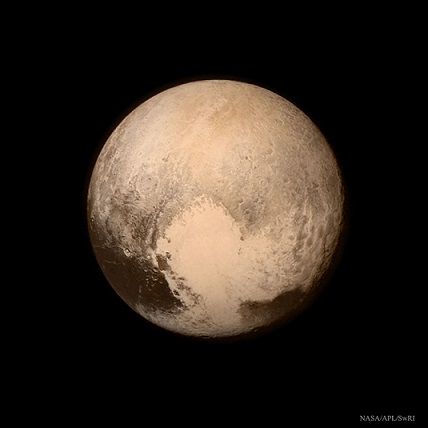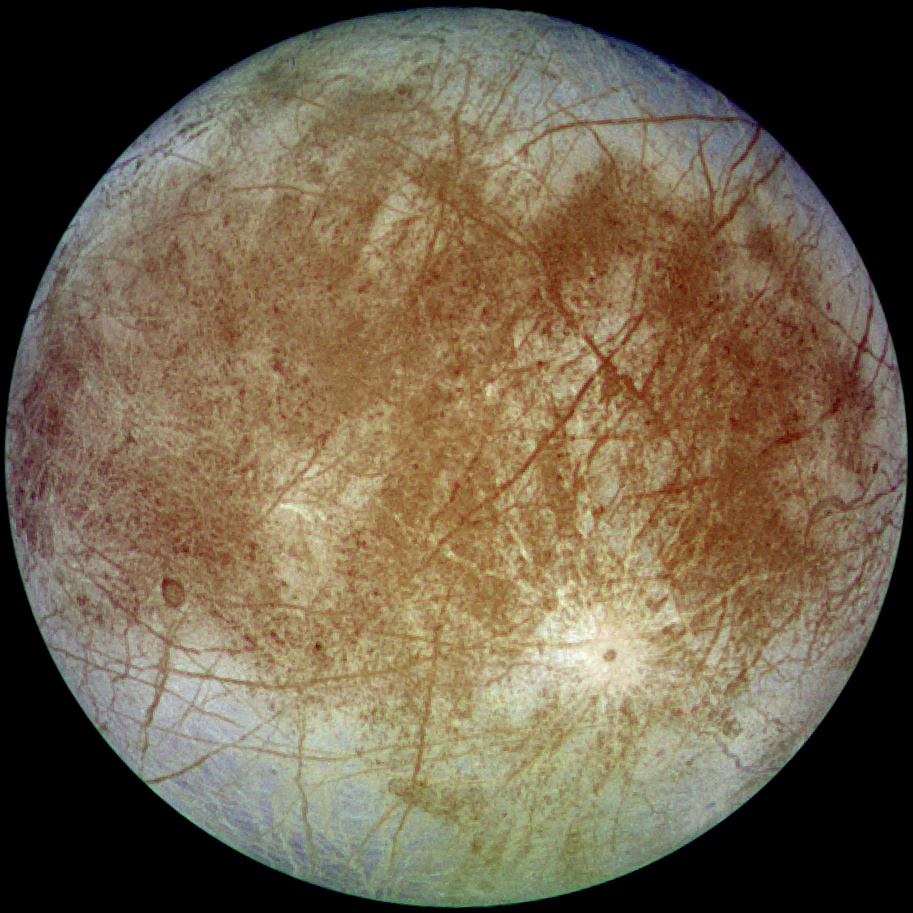Even though we are the most familiar with planets within our solar system, there have been many discoveries of exoplanets with the development of scientific technology and the improvement our understanding of the Universe. Among these exoplanets, there are some interesting and habitable planets outside our solar system.
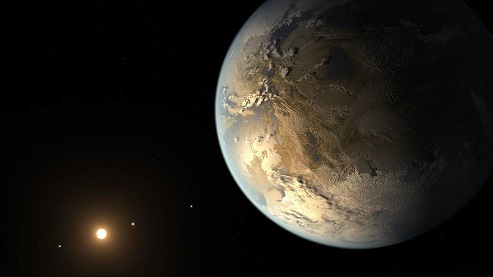
First of all, “Kepler-186f” was found to be a rocky planet in the habitable zone, which is the region with right temperature for water from the star of the system. “Kepler-186f” has a very similar size as Earth and has a high chance of being a habitable planet. However, due to the lack of advanced technology, it’s hard to know what is going on at the surface and atmosphere of this planet.
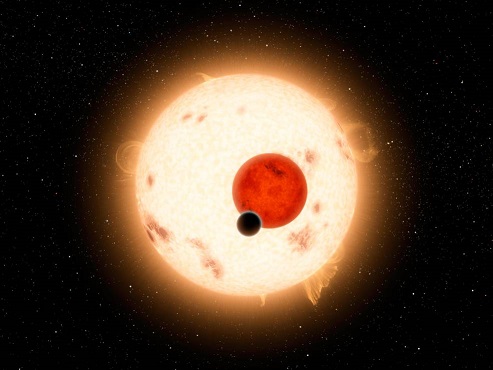
Second interesting exoplanet is named as “Kepler-16b,” which is a circumbinary planet that oribits two different stars. Because it orbits two different stars, this planet would have a very different orbit from the orbits of planets in the solar system.
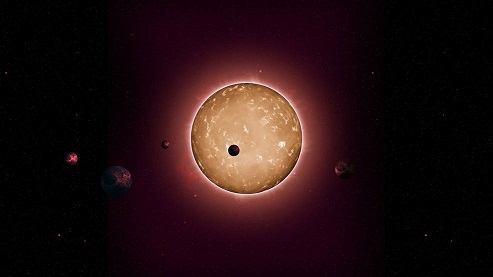
This “Kepler-444 system” is known to be the oldest solar system in our galaxy that existed since the creation of our galaxy.
There are many other exoplanets with its distinctive characteristics such as habitable environment, rocky surface etc. These exoplanets are important for us to study because they provide information that we can use to apply to our solar system. For example, the discovery of planetary systems within our galaxy helped us understand it is fairly common to have a solar system with many planets orbiting the star.

